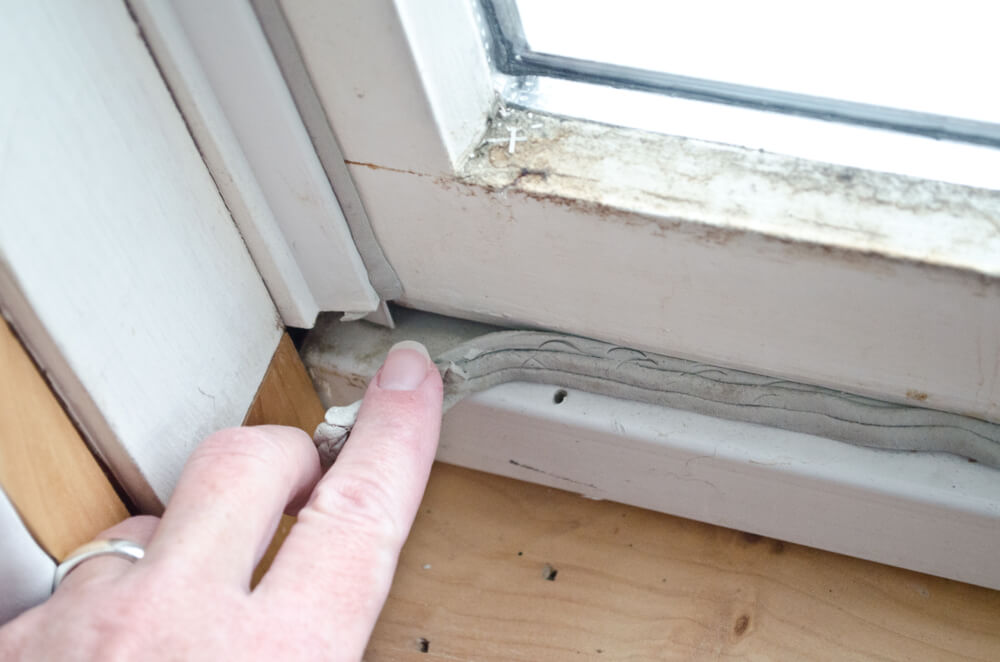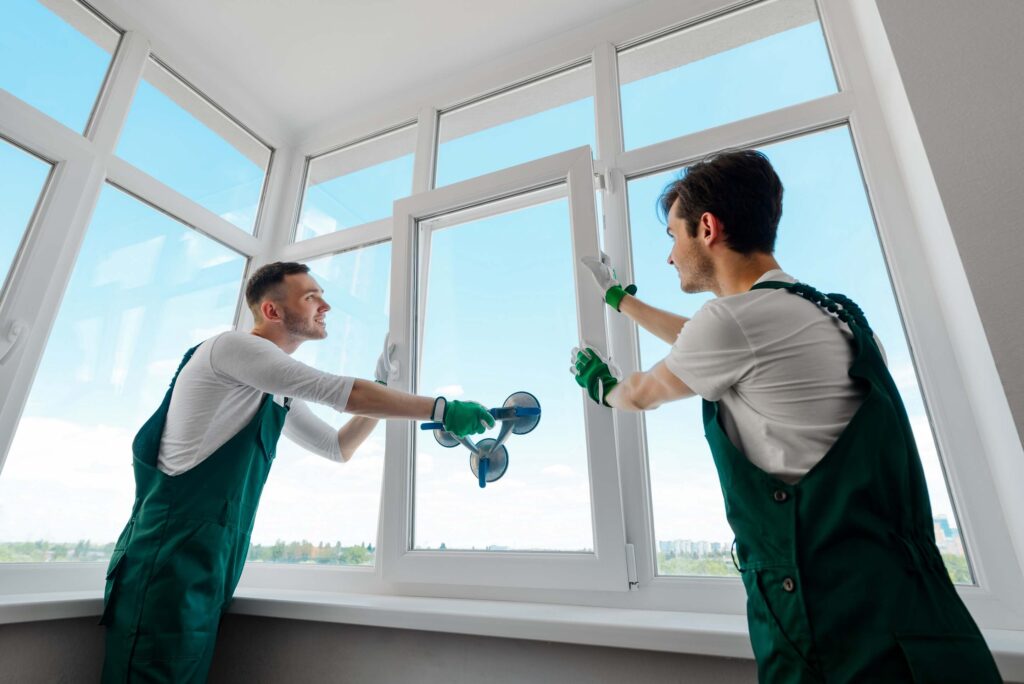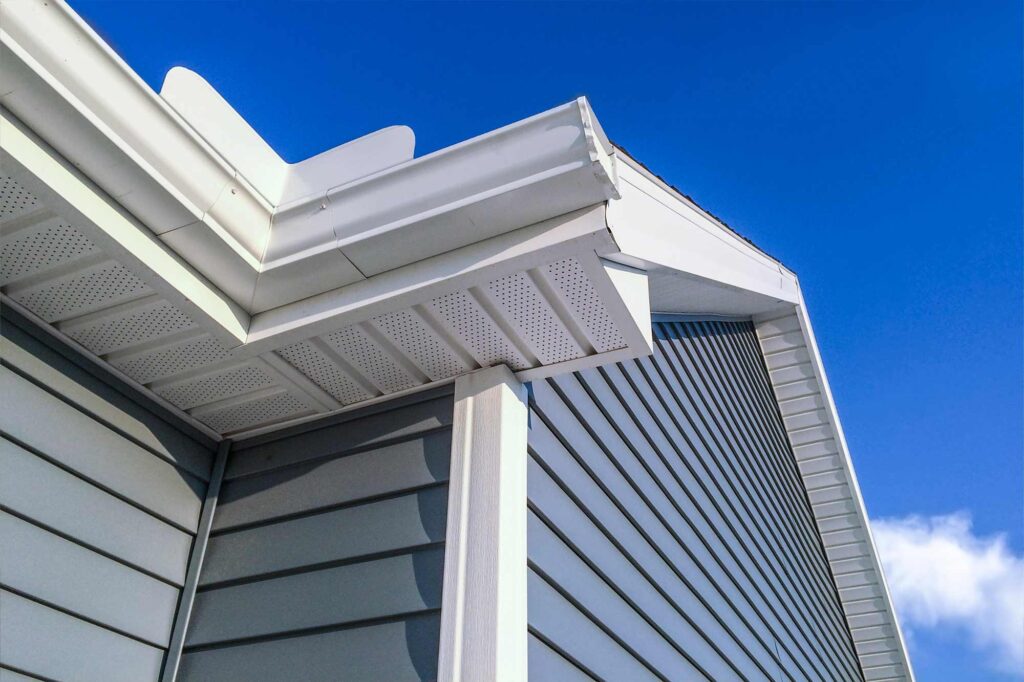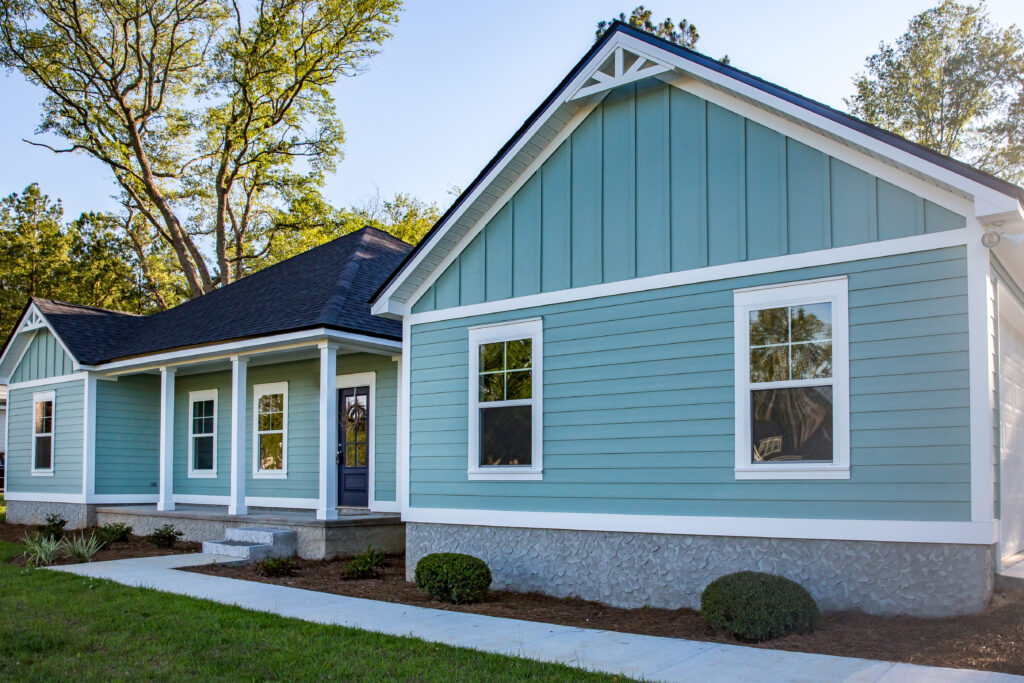Detecting Window and Door Drafts
It’s an understatement to say that Wisconsin gets a little cold in the winter. As any Milwaukeean knows, frigid temperatures, brutal windchill, and an average of 50 inches of snow (lake-effect or not) characterize much of the weather from October to April. Keeping your home toasty and cozy during those months of wintry weather is challenging, especially if cold air is entering your living space through drafty windows and doors.
Window and door drafts not only affect your comfort, but also your wallet, with your utility costs rising as your HVAC system works harder to maintain a stable temperature in your home. This also affects the overall energy efficiency and environmental impact of your living space. This is not just a winter problem, as drafts mean the conditioned air seeps out of your house while warm air enters in the summer.
As you can see, drafts are nothing to sneeze at, but what can be done about them? Today, we’re going to look at some methods you can use to detect and fix drafty spots in your home. We’ll also explore how the experts at TruVista can help you overcome the bane of drafts through energy-efficient home improvements.
Your Home’s Building Envelope: The building envelope includes your home’s foundation, walls, roof, windows, and doors. It’s what stands between your living space and the outside elements. Cracks and gaps in your building envelope are what lead to drafts and energy transfer between your home and the outdoors. While any part of your home’s building envelope may be susceptible to drafts, windows and doors are especially likely to be sources of air leakage.
Becoming a Window and Door Draft Detective
If you suspect that window and door drafts are affecting your home, the first step to eliminating them is determining where they’re coming from. Even seemingly tiny cracks can lead to significant energy loss, making it harder to maintain a consistent temperature in your home, and raising your heating and cooling bills.
When you think of cracks, you may picture the result of visible damage or wear and tear, but gaps can take much subtler forms, such as the gap between your entry door and floor. The drafts these cracks produce allow conditioned air to leave your house, while an equal amount of outside air makes its way in. Here are some tips for detecting window and door drafts:
Visual Inspection
If you can see sunlight making its way inside around a door or window frame, air is definitely leaking through those gaps. Attempting to jiggle or rattle your windows and doors can also reveal a possible air leak.
Feeling for Drafts
This will be particularly productive if attempted on a colder day. Run one of your hands under a faucet to get it a little damp. Then simply pass your dampened hand along the edges of your windows and doors. A drafty window or door will feel noticeably cooler to your damp hand.
Flame Test
When it’s windy outside, light a candle and hold it near the edges of your windows and doors. If you see the flame flickering, that is a good sign that you’ve just discovered a draft. If you start singing Elton John’s 1997 ode to Princess Diana, that’s a good sign you’re human.
Incense Test
This one takes a bit of prep. On a cold, windy day, make sure all windows and doors are closed. Close the fireplace flue, if you have one. Turn on any exhaust fans that take air outside – your bathroom fans, stove vent, dryer. Once you have the house thoroughly depressurized, light a stick of incense and slowly pass it along the edges of your doors and windows. The smoke will follow the paths of air leakage in or out made by drafts.
Blower Door Test
You can also hire a trained professional to conduct an energy audit, including a blower door test, which will depressurize your home and thoroughly test for leaks.
Go Infrared
Consider using an infrared thermometer or camera with thermal imaging capabilities to see where cold air is getting in the house.
Fixing Drafty Windows and Doors
The Department of Energy estimates that you can save between five to thirty percent on your energy bills just by eliminating drafts using some simple and cost effective techniques. Here are some of the best methods for doing just that:
Weatherstripping
Apply weatherstripping along the edges of windows and doors. Weatherstripping can be adhesive-backed foam, V-strip, or a door sweep.
Caulking
Use caulk to seal gaps and cracks in window and door frames. Silicone or latex-based caulks work best. For application, use a glass of water with a few drops of soap. Wet your finger to smooth the bead. Work in small sections.
Draft Stoppers
Place draft stoppers or door snakes along the bottoms of doors to prevent cold air from entering underneath.
Window Film
Apply window film to add an extra layer of insulation. This can be particularly effective for single-pane windows.
Insulating Curtains or Blinds
Invest in thermal curtains or blinds to provide additional insulation and prevent drafts.
Storm Windows and Doors
Consider installing storm windows or doors, which can provide an extra barrier against air infiltration.
Check and Replace Seals
Inspect the seals around windows and doors and replace any damaged or worn-out seals.
Replace Old Windows and Doors
If your windows and doors are old and inefficient, consider replacing them with energy-efficient models.
Energy-Efficient Home Improvements
While the methods outlined above are a great way to minimize drafts and their accompanying problems in the short term, investing in energy-efficient home improvements is a more permanent solution that will also have a number of positive knock-on effects for your wallet, as well as your home’s energy profile and overall value. Let’s delve into the most effective home improvement projects for raising your home’s energy efficiency:

Windows: Upgrading to new, energy-efficient windows can provide added insulation, prevent drafts and air leakage, and help your home maintain a stable indoor temperature. Insulated windows work to increase your home’s energy efficiency and decrease heat transfer, thus reducing your energy bill. They can also aid in noise reduction, keeping unwanted outside noise from disturbing the tranquility of your living space.


Doors: Doors may be crafted out of materials that provide for better insulation, such as fiberglass, and contain a core of insulating material, such as foam insulation, to reduce heat transfer and help maintain a consistent indoor temperature. Additionally, any exterior door may be equipped with double or triple-layer insulated glass, which further optimizes their energy efficiency.
Here are some of the features to look for when deciding on replacement windows and doors:
Energy Star Certification
Look for windows and doors with the Energy Star label. This certification ensures that they meet strict energy efficiency standards and will perform well in the Wisconsin climate.
Multiple-Pane Glass
Modern windows and doors often come with double- or triple-pane glass filled with insulating gasses like argon or krypton. This provides superior reduction of heat transfer when compared to single-pane glass.
Low-Emissivity (Low-E) Coatings
These coatings are applied to the glass in windows and doors to reduce heat transfer. They work to keep the temperature in your home more consistent by reflecting infrared light, keeping the interior cool in the summer and warm in the winter.
Advanced Materials
Certain materials provide better insulation than others. Upgrading to improved insulation materials, like a vinyl window frame or fiberglass door, reduces heat loss and energy transfer. These insulation materials are more resistant to temperature changes than traditional materials like aluminum.
Better Seals
New windows and doors generally have improved sealing mechanisms, which close tightly to prevent drafts and air leaks. This helps maintain a consistent indoor temperature and reduces the workload on your air conditioning and heating system.
Check the U- and R-Values
The rate of heat transfer between the interior and exterior of a window or door is its U-value, while its thermal resistance is known as the R-value. The higher the R-value, the greater the thermal resistance, which means better insulation and energy efficiency. TruVista offers windows with some of the highest R-values on the market, ensuring maximum energy efficiency, an outstanding insulation upgrade, and noticeable energy savings.
Professional Installation
Proper window and door installation by a skilled professional is crucial to achieving maximum energy efficiency. To ensure a worry-free installation experience, contact the experts at TruVista today.
Contact TruVista Today
Detecting and fixing drafty windows and doors is one of the single best ways to improve your home’s energy profile. Upgrading to professionally-installed, energy efficient windows and doors from TruVista will eliminate the gaps and leaks that cause drafts, while maximizing the comfort of your home. We have a wide variety of attractive, low-maintenance vinyl window options and an extensive selection of beautiful, masterfully crafted doors to choose from. Contact TruVista today to get started. Your home and wallet will thank you.










